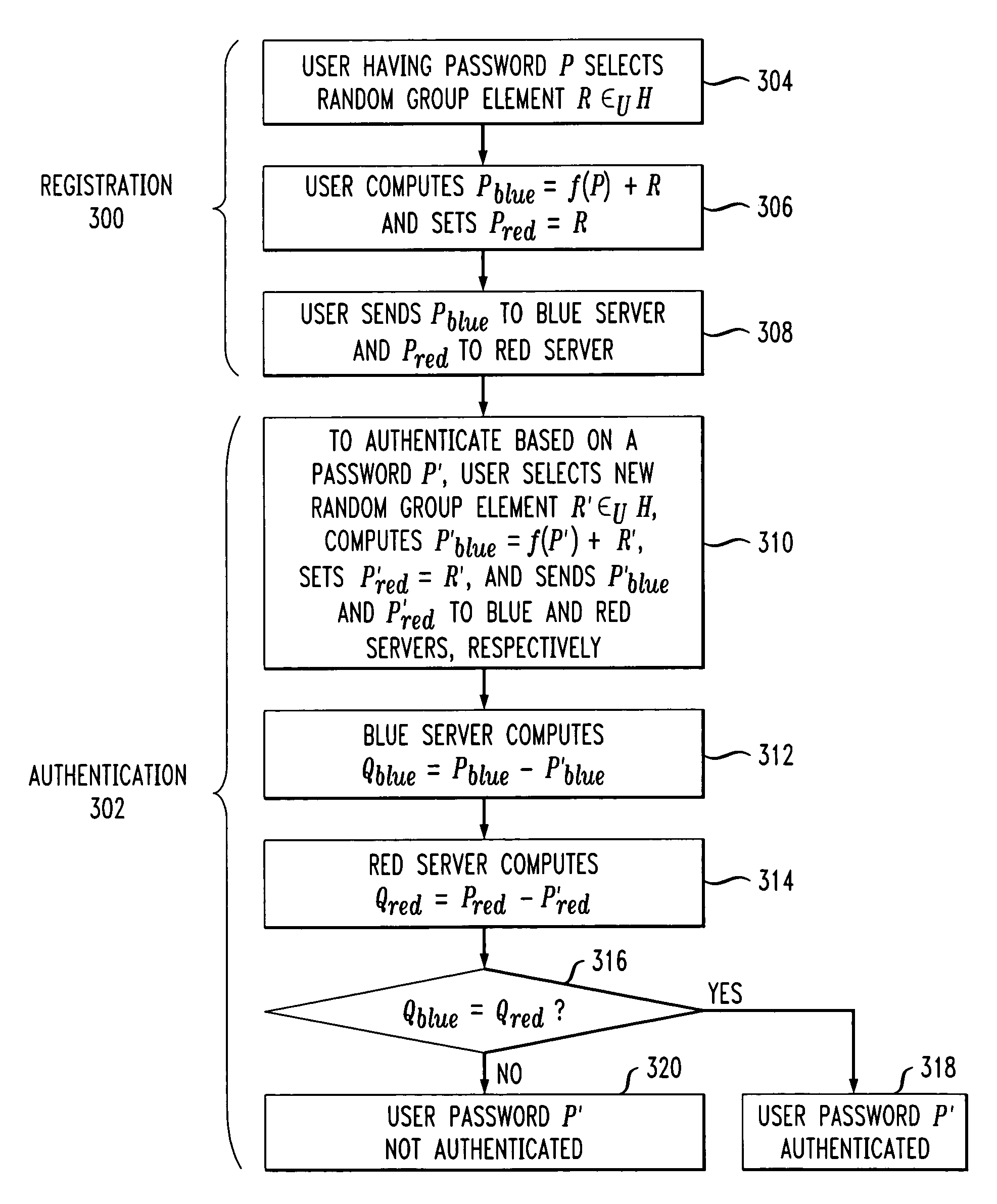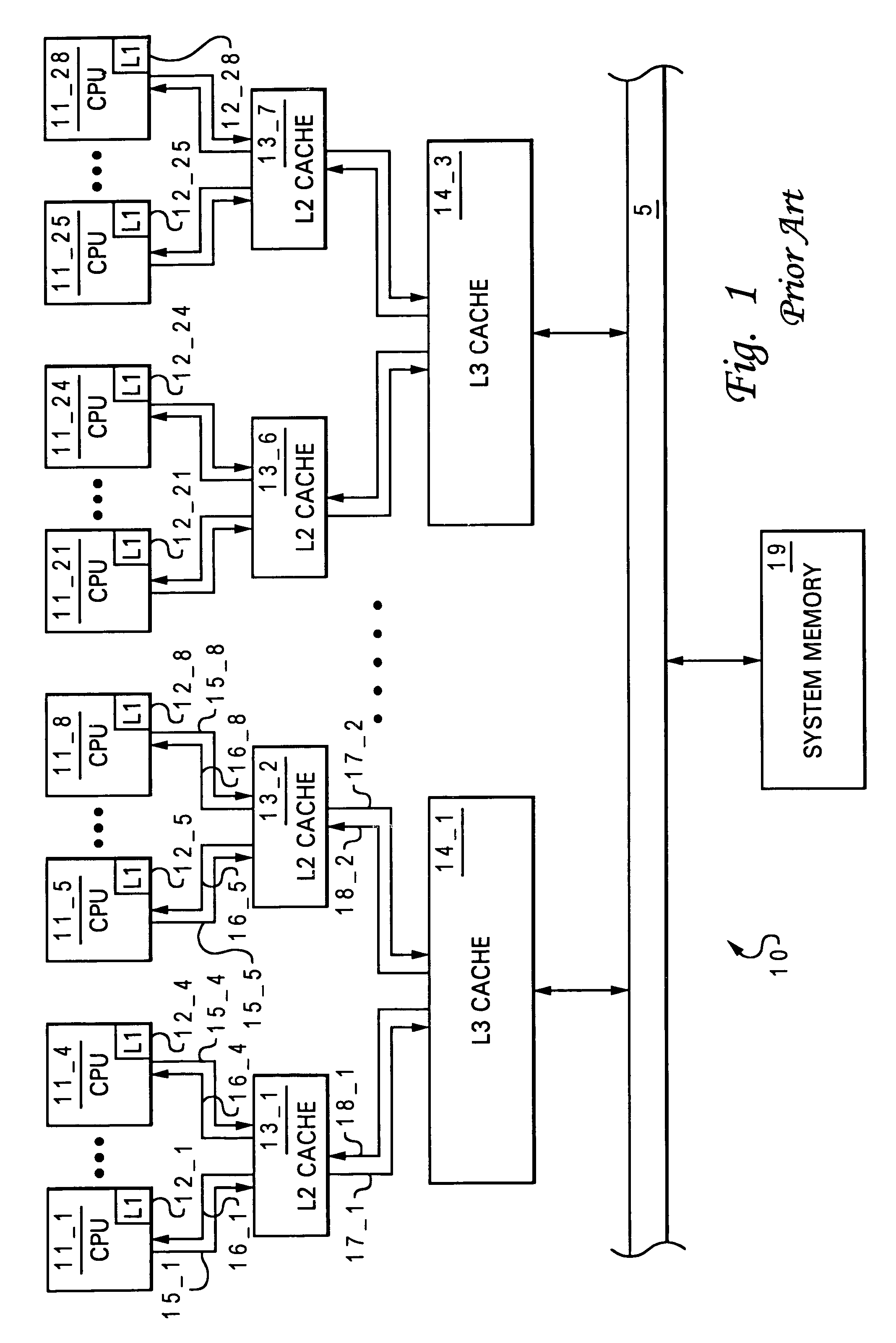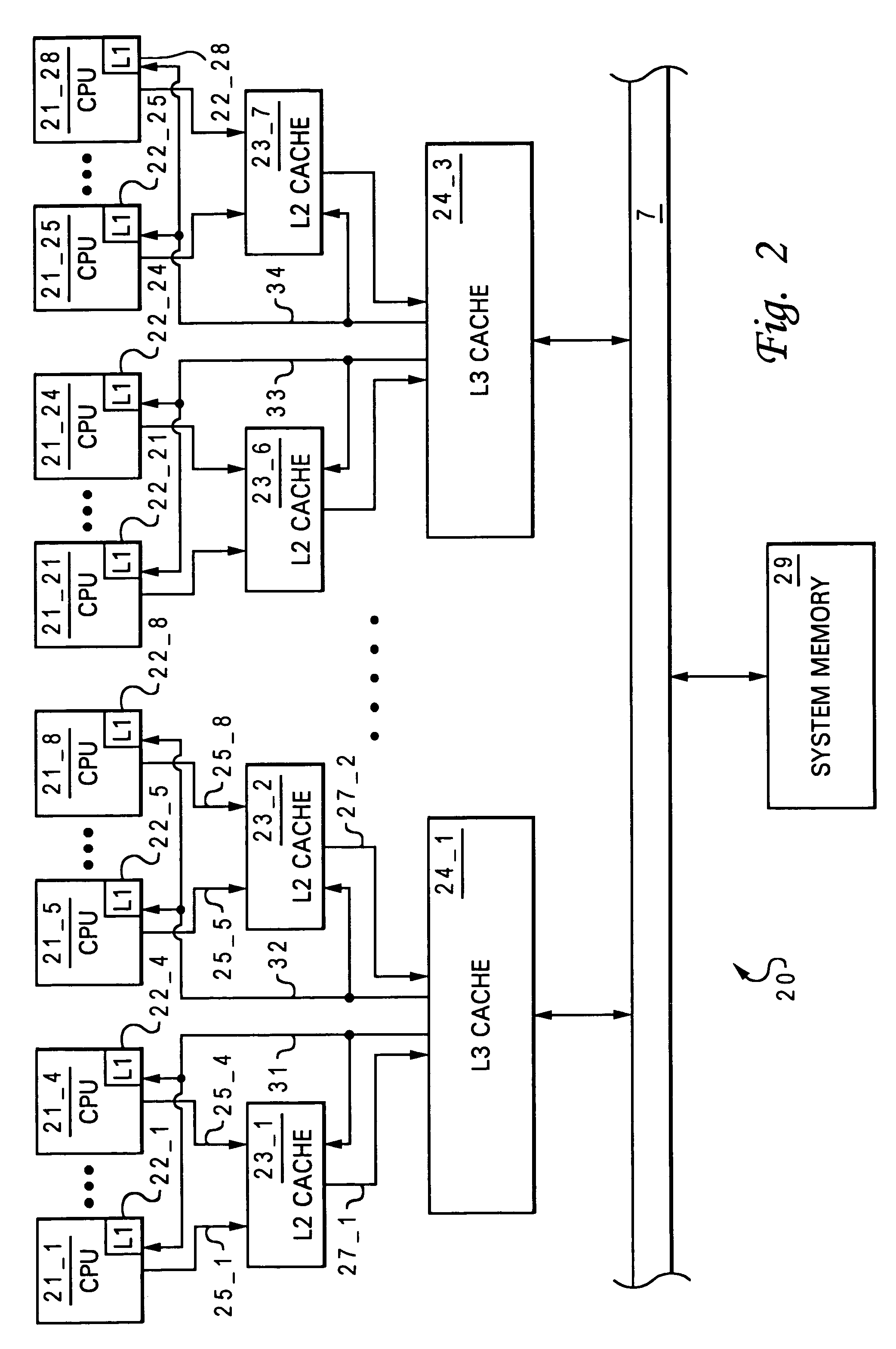Cryptographic methods and apparatus for secure authentication
a technology of secure authentication and cryptography, applied in the field of cryptography techniques, can solve the problems of inconvenient physical authentication token use, lack of adequate supporting infrastructure, and many users' inability to secure the identity of users,
- Summary
- Abstract
- Description
- Claims
- Application Information
AI Technical Summary
Benefits of technology
Problems solved by technology
Method used
Image
Examples
Embodiment Construction
[0023]The present invention will be described herein with reference to an example network-based communication system in which a client communicates over a network with one or more servers. It is to be appreciated, however, that the invention is not restricted to use in this or any other particular system configuration.
[0024]Additional details regarding certain conventional cryptographic techniques referred to herein may be found in, e.g., A. J. Menezes et al., Handbook of Applied Cryptography, CRC Press, 1997, which is incorporated by reference herein.
Example System
[0025]FIG. 1 shows a simplified network-based communication system 100 which will be used to illustrate the secure authentication techniques of the invention. The system 100 includes a client 102 and first and second servers 104R and 104B, respectively, all of which are configured to communicate over a network 106. For simplicity and convenience of notation, the first and second servers 104R and 104B are also referred to ...
PUM
 Login to View More
Login to View More Abstract
Description
Claims
Application Information
 Login to View More
Login to View More - R&D
- Intellectual Property
- Life Sciences
- Materials
- Tech Scout
- Unparalleled Data Quality
- Higher Quality Content
- 60% Fewer Hallucinations
Browse by: Latest US Patents, China's latest patents, Technical Efficacy Thesaurus, Application Domain, Technology Topic, Popular Technical Reports.
© 2025 PatSnap. All rights reserved.Legal|Privacy policy|Modern Slavery Act Transparency Statement|Sitemap|About US| Contact US: help@patsnap.com



